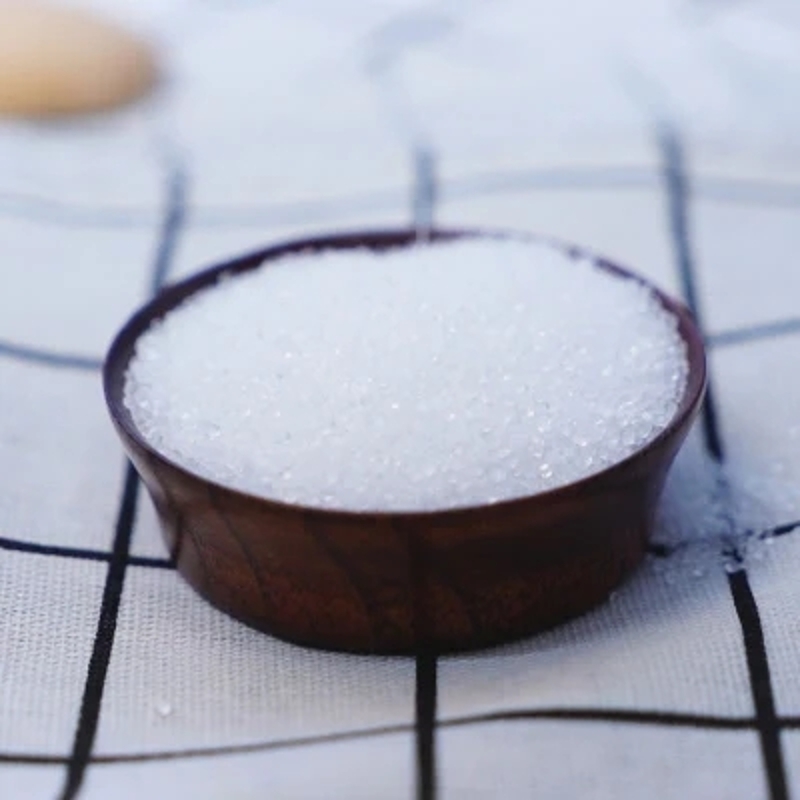-
Categories
-
Pharmaceutical Intermediates
-
Active Pharmaceutical Ingredients
-
Food Additives
- Industrial Coatings
- Agrochemicals
- Dyes and Pigments
- Surfactant
- Flavors and Fragrances
- Chemical Reagents
- Catalyst and Auxiliary
- Natural Products
- Inorganic Chemistry
-
Organic Chemistry
-
Biochemical Engineering
- Analytical Chemistry
-
Cosmetic Ingredient
- Water Treatment Chemical
-
Pharmaceutical Intermediates
Promotion
ECHEMI Mall
Wholesale
Weekly Price
Exhibition
News
-
Trade Service
Original title: Dansan extract: the Helicobacterium root up
dihydrodamosone I in the killing of Helicobacterium, not only can destroy the biofilm, but also can kill the bacteria attached to the biofilm, played a role in the Helicobacterium "root up."
Bi Hongkai Professor of Basic Medicine, Nanjing Medical University
The latest global cancer data show that of China's 4.57 million new annual cancer cases, 480,000 new cases of stomach cancer, accounting for 10.8%, ranked in the top three. In China, which has a high incidence of stomach cancer, the infection rate of Helicobacter pyridosis is as high as 50%, and the problem of antibiotic resistance is becoming more and more serious, leading to a decline in eradication rate.
recently, Professor Bi Hongkai of Nanjing Medical University's School of Basic Medicine successfully screened out a candidate drug for the new drug resistant Helicobacter pylbocobacterium, DXDam I. Dihydrodansinone I has the advantages of high-efficiency and rapid killing of Helicobacterium, anti-Helicobacterrobacterium biofilm, safety and hard resistance, and is expected to enter preclinical research as a candidate drug against Helicobacterium. The results were published online in the international leading antimicrobial journal Antimicrobials and Chemotherapy.
The failure rate of the first treatment of traditional therapy is about 10%
under the microscope length is only 2.5 microns to 4 microns, width is only 0.5 microns to 1 micron, "tooth dance claws" spiral curved bacteria - Helicobacter pyridobacteria, not only can lead to acute and chronic gastritis and stomach, tigular ulcers and lymphatic gastric lymphoma and other diseases, but also related to stomach and liver cancer, diabetes.
combination therapy containing two antibiotics is often used in China to treat Helicobacterrobacteria, but traditional treatment methods, can not cut helicobacterus grass root.
treatment failure rate for traditional therapies is about 10%, with some patients developing diarrhea or gastrointestinal bacteriocycysis disorders. Others are allergic to penicillin and have fewer antibiotics to choose from. At the same time, the long-term use of antibiotics will make bacteria resistant, so that the effectiveness of antibiotics become poor, can not achieve eradication effect. "Bacteria are resistant to certain antibiotics, but they are also resistant to other antibiotics, and resistance can be complicated by the spread of drug-resistant genes between different bacteria.
Helicobacter pyridobacteria in the resistance to enemy invasion, but also cunningly to form a biofilm "protective cover", and biofilm on antibiotics will have resistance, resulting in increased resistance to Helicobacter pyridosis, affecting the therapeutic effect, reduce the cure rate.
can inhibit multiple drug-resistant strains
In 1994, the World Health Organization classified Helicobacter pyridobacteria as a class I carcinogen because of its leading role in the development of stomach cancer. How to eradicate this health killer? In 2017, Bi Hongkai's team made a breakthrough through initial experiments, Dansan.
dansan is one of the most widely used traditional Chinese medicines in China, its fat-soluble extract is dansan ketone compounds, including dansan ketone I, hydrodamsinone, dansan ketone II.A, lysin ginseng ketone and more than 30 monobodies. Dansan ketone compounds have a variety of pharmacological effects, such as anti-cancer, anti-positive bacteria, anti-inflammatory, estrogen-like activity and cardiovascular protection, but the role of anti-Helicobacterium has not been reported.
", we conducted cell-level screening of more than 1000 kinds of Chinese medicine monoliths, and finally determined that the effect of helicobacter pylepsis was best in the monolithicide I monolithicide in Dansan. Cell experiments showed that when the concentration of D2hydrodansanone I was 0.125 ?g/ml-0.5 ?g/ml, the growth of multiple Helicobacter pylus strains, including antibiotic-sensitive and multi-drug-resistant strains, could be inhibited. Bi Hongkai said that dihydrodansinone I also has a very good killing effect on helicobacter pylene in the biofilm, and in the process of continuous transmission of Helicobacter pylene did not produce resistance to dihydrodansanone I.
Bigger surprise is that "dihydrodansinone I in the killing of Helicobacterium, not only can destroy the biofilm, but also can kill the bacteria attached to the biofilm, played a role in helicobacterium 'uprooted'." Bi Hongkai introduced.
is still a long way from being made into a clinical drug
in order to make the results more accurate, Bi Hongkai's team also conducted screening experiments in mice to further determine the killing effect of hydroxydantone I on Helicobacter pylbobacteria.
Bi Hongkai said that in the experiment, two weeks after mice infected with Helicobacter pylene, the researchers randomly divided them into three groups, namely, omeprazole and hydrodanazine I combined administration group, standard triple program administration group, phosphate buffer control group, for 3 consecutive days, once a day to the mice.
" results showed that the combined administration group of omeprazole and dhydrodanazine I had a higher efficiency of killing Helicobacterium than the standard triple programme group. This means that in mice, dhydrodansinone I is more efficient than traditional drugs, Bi hongkai said.
will I be able to get into ordinary people's homes? Bi Hongkai stressed that Dansan can not be directly used to prevent and control Helicobacter pylepsis infection, and its monobiodentone I, from the production of clinically available drugs there is still a distance. He said that the next step will continue to carry out research on the mechanism of the role of DXDT I, improve the anti-Helicobacterium steroid pharmacology and toxicology research. "There is still a long way to go, and we hope that companies will participate in preclinical research to continue this research for the benefit of more patients with stomach diseases."







